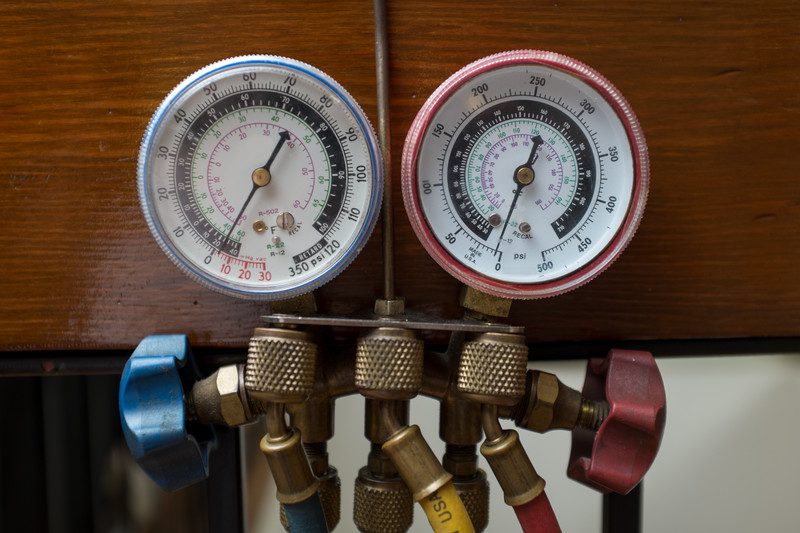Learn How to Troubleshoot Heating Problems in Your Home

Most of us tend to take our heating systems for granted; that is, until something goes haywire and the heat stops or under-performs. And most of the time, it’s OK to expect consistent performance, since modern furnaces and heat pumps usually operate throughout the winter without any problem.
Yet, when something does go wrong with your heating system, it’s a big advantage if you know how to troubleshoot problems. That allows you to check some of the more likely and fixable issues before calling in a heat pump or furnace repair professional. At the very least, you’ll be able to tell the HVAC people where you think the problem lies, potentially saving them time and trouble looking for the problem (and perhaps saving you money). And you might even be able to fix the problem yourself, which would be the very best outcome.
This logic applies equally to your heating and cooling systems, since some of the same issues can arise with both.
Diagnose Heating Problems Yourself
Often, the issue with poor or absent heating in a home isn’t the equipment itself but rather the thermostat. Check to see whether the thermostat is receiving electricity, either from your household electrical system or a battery. That’s an easy enough check; just see if the displays are lighted up. Make sure the circuit for the wall where the thermostat is hardwired hasn’t tripped, or that the battery isn’t dead.
You’d be surprised at how often home occupants think there’s a problem with their heating system when it’s actually a thermostat that hasn’t been set properly. Make sure it’s set to “heat” rather than “cool” and that the desired temperature isn’t lower than the room temperature.
Just as the thermostat might be disabled by a tripped circuit, the circuit that powers your furnace blower or heat pump might have tripped as well. Check the circuit box in your home to make sure the heating issue isn’t related to its power source. (Look for switches that are pointing in a different direction from all the others.)
Could Your Air Filter Be the Culprit?
A clogged air filter is another problem that could be causing insufficient heat in your home. When the filter is blocked by dust and debris, the blower has a harder time pushing air through, and circulation of heated air in your home may be similarly impeded. If after you’ve installed a fresh filter, you still perceive inadequate heating, it’s time to call in a professional. (Replacing a clogged air filter is still a smart move even if that’s not what was causing your heating issues. It relieves stress on the machinery, improves air flow, and does a better job of cleaning the indoor air.)
If the heat’s not coming on at all, if you have a combustion furnace, the problem might be with the pilot light (older systems) or the electronic ignition system. If your furnace has a pilot light and you can tell that it’s not lit, follow the instructions to relight it, and check again to make sure it has stayed lit. Problems with modern systems likely require professional intervention.
Other issues that may be the culprit with a malfunctioning heating system could be related to a problem in the machinery itself, whether the blower motor, heat-exchange coils, compressor, capacitor, refrigerant lines or something else. Inadequate heating in certain areas of your home might stem from defective ductwork or ducts that need to be cleaned. Ductwork problems may be related to age and deterioration, or poor design or installation.
In these cases – whether ducts, supply lines or machinery – your best bet is to call in a trusted HVAC repair professional. Make sure you tell them about whatever troubleshooting steps you’ve taken yourself, so they’ll have a better idea of where to start looking for the problem.
Save Yourself Some Trouble and Schedule Maintenance
Of course, the best way to avoid having to call for heating or cooling repair is to be proactive and schedule annual preventative maintenance on your heating system in the fall before your turn it on for the season. The same goes for your cooling system in the spring. The HVAC technician will make sure your furnace, heat pump or AC is ready for the upcoming season, and do their best to discover small problems before they become big problems that necessitate heater repair.
